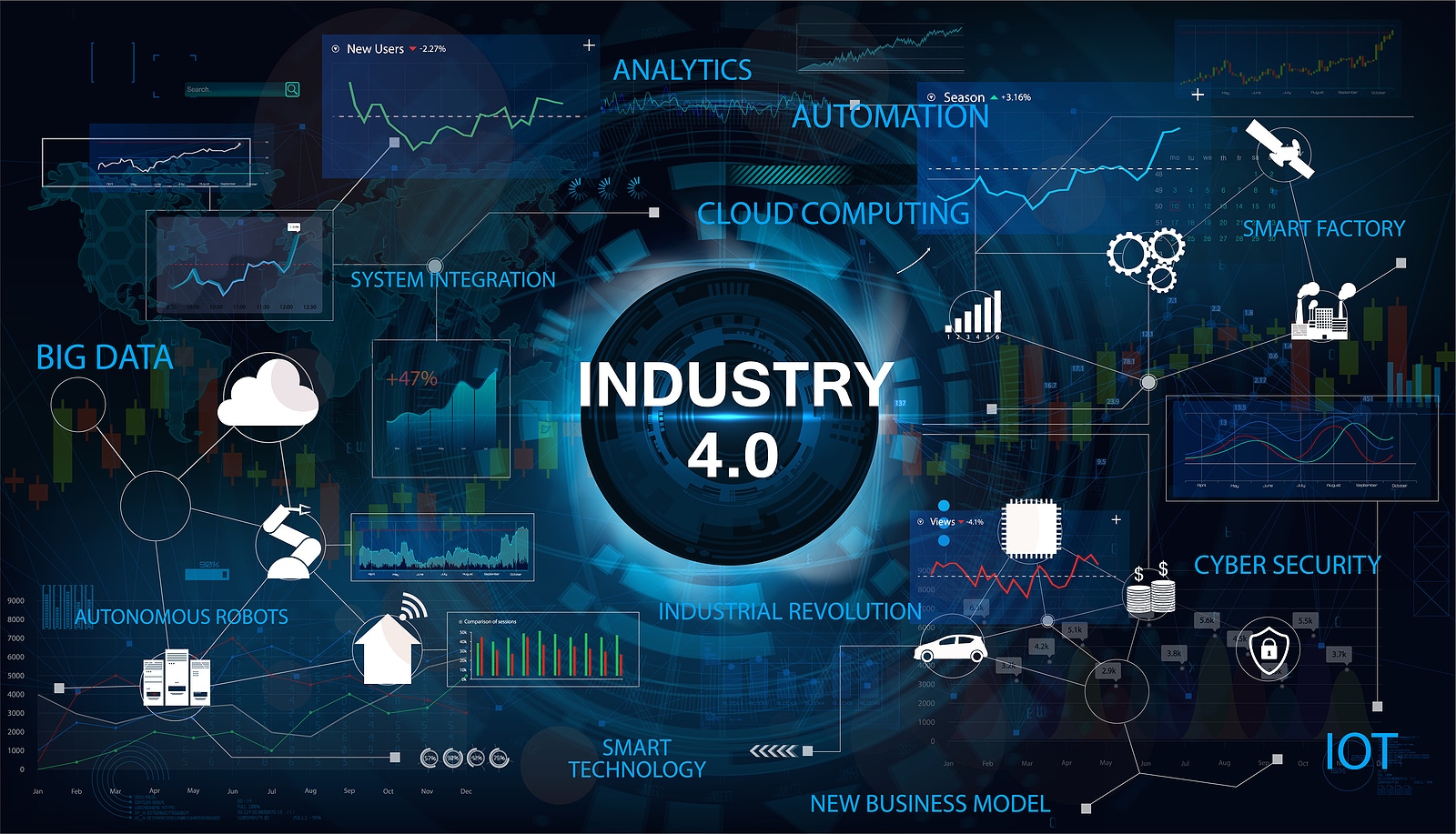The cost of unplanned downtime can be crippling for businesses. It disrupts operations, impacts productivity, and incurs substantial financial losses. In fact, statistics reveal that unplanned downtime can cost companies an average of $260,000 per hour. However, there is a beacon of hope on the horizon in the form of Industry 4.0, the fourth industrial revolution, and a key player in this transformation is the Internet of Things (IoT).
IoT has made significant inroads in various industries, and manufacturing is no exception. Through an intricate network of interconnected sensors and devices, IoT is reshaping how industrial equipment is monitored, managed, and maintained. In this extensive exploration, we’ll delve into the profound impact of IoT on predictive maintenance in the context of IoT Industry 4.0.
How IoT is Transforming Predictive Maintenance
1. Real-time Data Collection and Analysis:
At the heart of IoT’s role in predictive maintenance lies the capability for real-time data collection and analysis. IoT sensors, strategically embedded within industrial equipment, continuously gather data on critical parameters such as temperature, vibration, pressure, and performance metrics. This constant stream of data allows for the early detection of anomalies and potential issues, transforming maintenance from a reactive to a proactive endeavor.
2. Predictive Modeling:
IoT, in conjunction with advanced machine learning algorithms, empowers predictive modeling. These algorithms, fueled by the rich dataset gathered from sensors, create predictive models. These models can forecast when equipment is likely to fail, often well in advance of any noticeable symptoms. As a result, maintenance teams can plan interventions precisely when needed, eliminating unnecessary downtime and repair costs.
3. Remote Monitoring and Management:
IoT’s influence extends beyond data collection and analysis; it enables remote monitoring and management of industrial equipment. Maintenance teams can access real-time data and equipment status from virtually anywhere with an internet connection. This remote accessibility empowers teams to make informed decisions promptly. Moreover, in certain cases, remote troubleshooting and maintenance tasks can be executed without the need for on-site visits, significantly reducing response times and costs.
Benefits of Using IoT for Predictive Maintenance
1. Reduced Downtime:
Predictive maintenance, powered by IoT, is a potent antidote to unexpected breakdowns. By proactively addressing potential issues, businesses can significantly reduce downtime, ensuring that operations run smoothly and uninterrupted. This alone can lead to substantial cost savings and improved customer satisfaction.
2. Extended Equipment Lifespan:
Proactive maintenance practices not only prevent costly failures but also extend the lifespan of industrial equipment. When equipment is cared for and serviced based on actual usage and performance data, it can operate optimally for longer periods, maximizing the return on investment and delaying the need for expensive replacements.
3. Improved Safety and Reliability:
Predictive maintenance enhances the safety of industrial processes. By preventing accidents and mishaps caused by equipment failures, it safeguards both personnel and assets. Furthermore, it promotes reliability by ensuring that operations run consistently and efficiently, meeting production targets without unexpected hiccups.
4. Reduced Costs:
While the initial investment in implementing IoT for predictive maintenance may seem significant, it is outweighed by the long-term cost savings. By reducing downtime, lowering repair and replacement costs, and optimizing maintenance schedules based on real-time data, businesses can achieve substantial financial benefits over time.
Conclusion
In conclusion, IoT is playing a pivotal role in revolutionizing predictive maintenance within the context of Industry 4.0. The convergence of real-time data collection, predictive modeling, and remote monitoring is transforming the way businesses approach equipment maintenance. The benefits are not just desirable but essential in a competitive landscape. Reduced downtime, extended equipment lifespan, improved safety and reliability, and substantial cost reductions are compelling reasons to embrace IoT-driven predictive maintenance.
As we move forward into the Industry 4.0 era, businesses must remain vigilant and adaptable to emerging IoT trends in predictive maintenance. Staying ahead of the curve will not only enhance operational efficiency but also provide a competitive edge in the ever-evolving manufacturing landscape. Industry 4.0, driven by IoT, promises a future where downtime is minimized, productivity is maximized, and businesses not only survive but thrive in an era of unprecedented connectivity and innovation.






